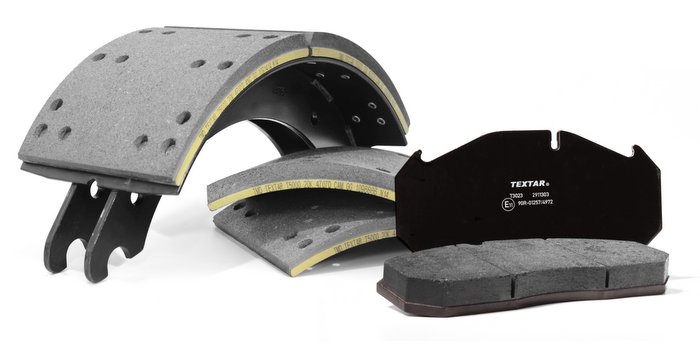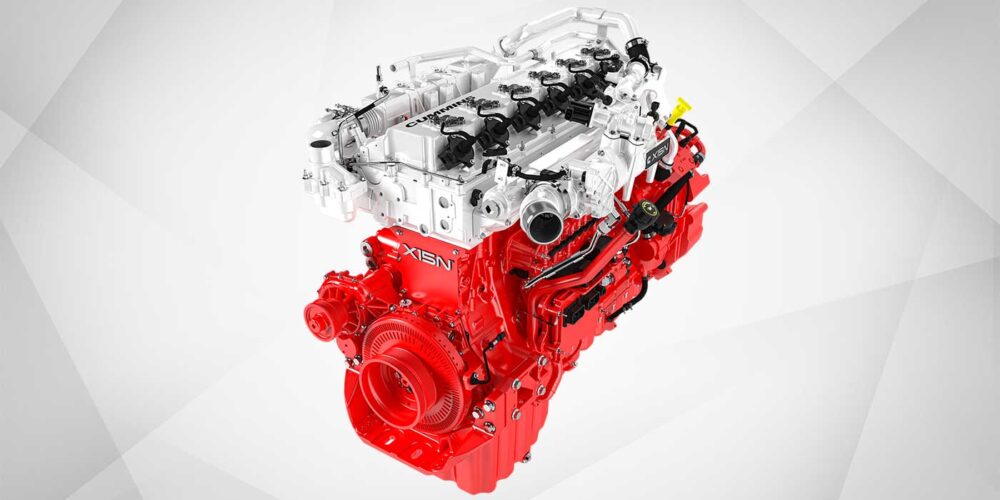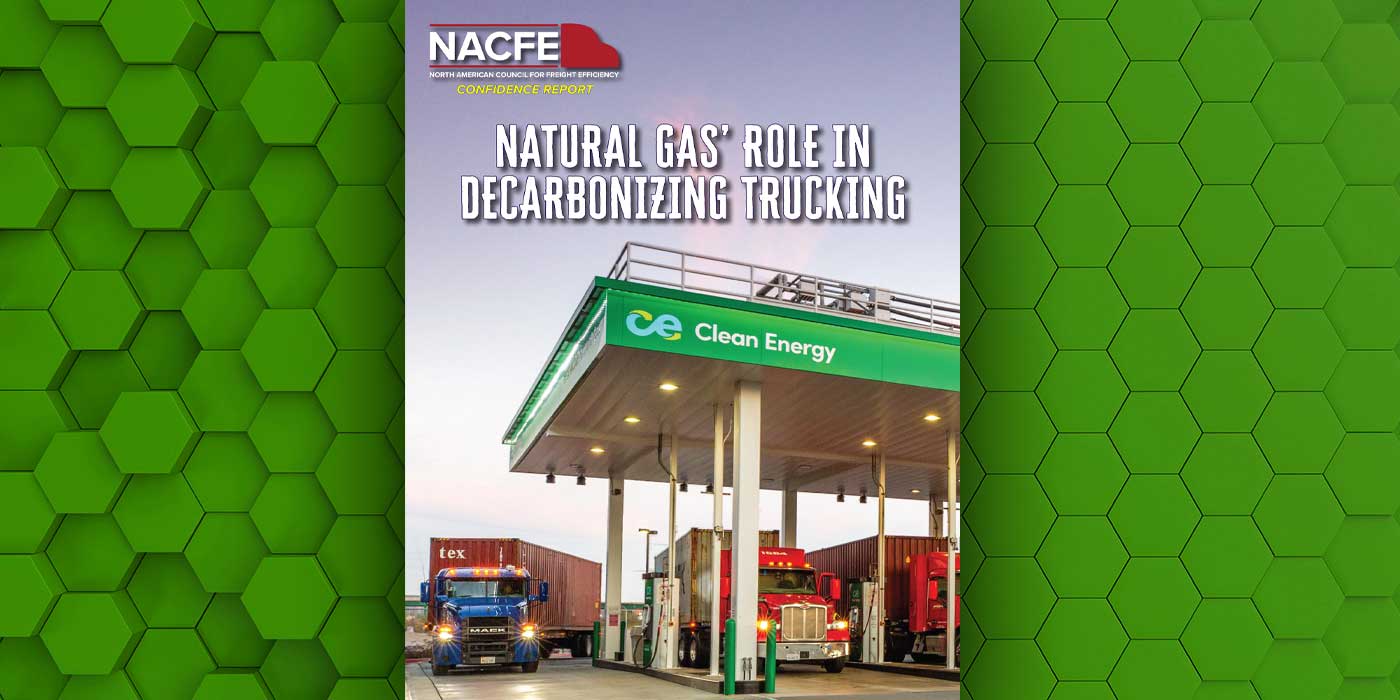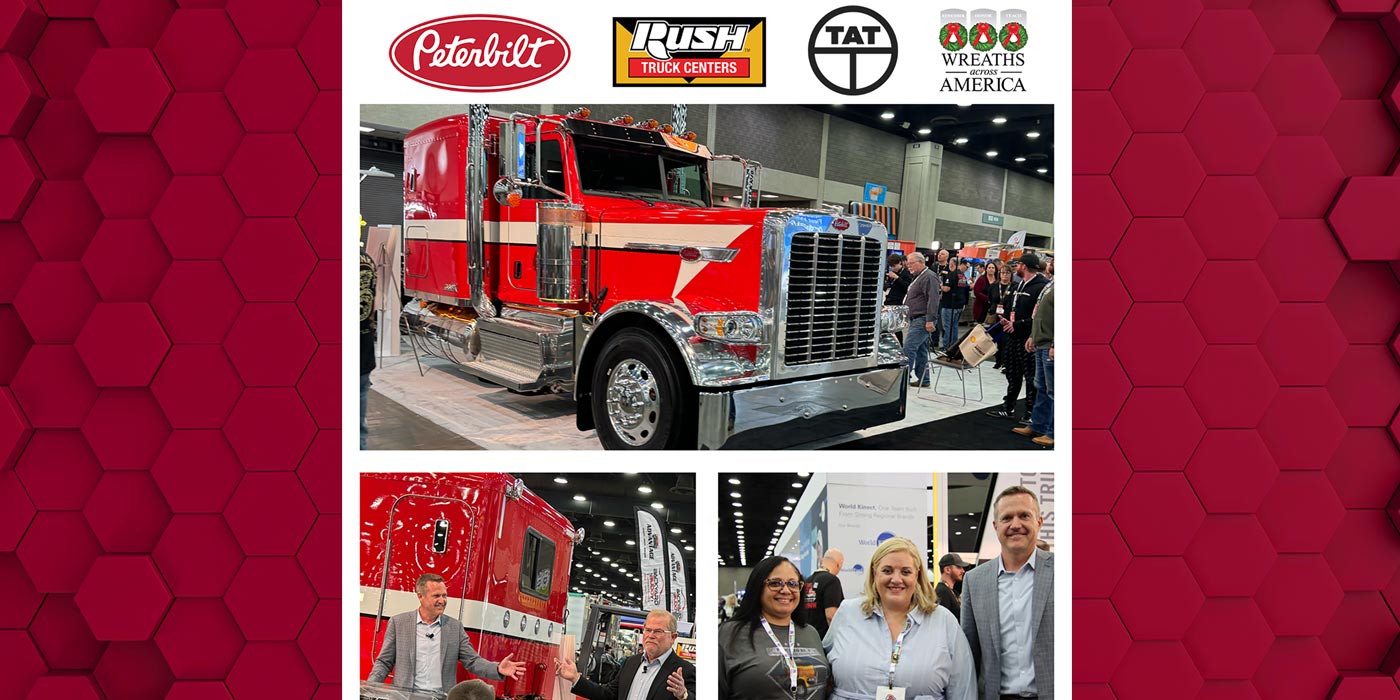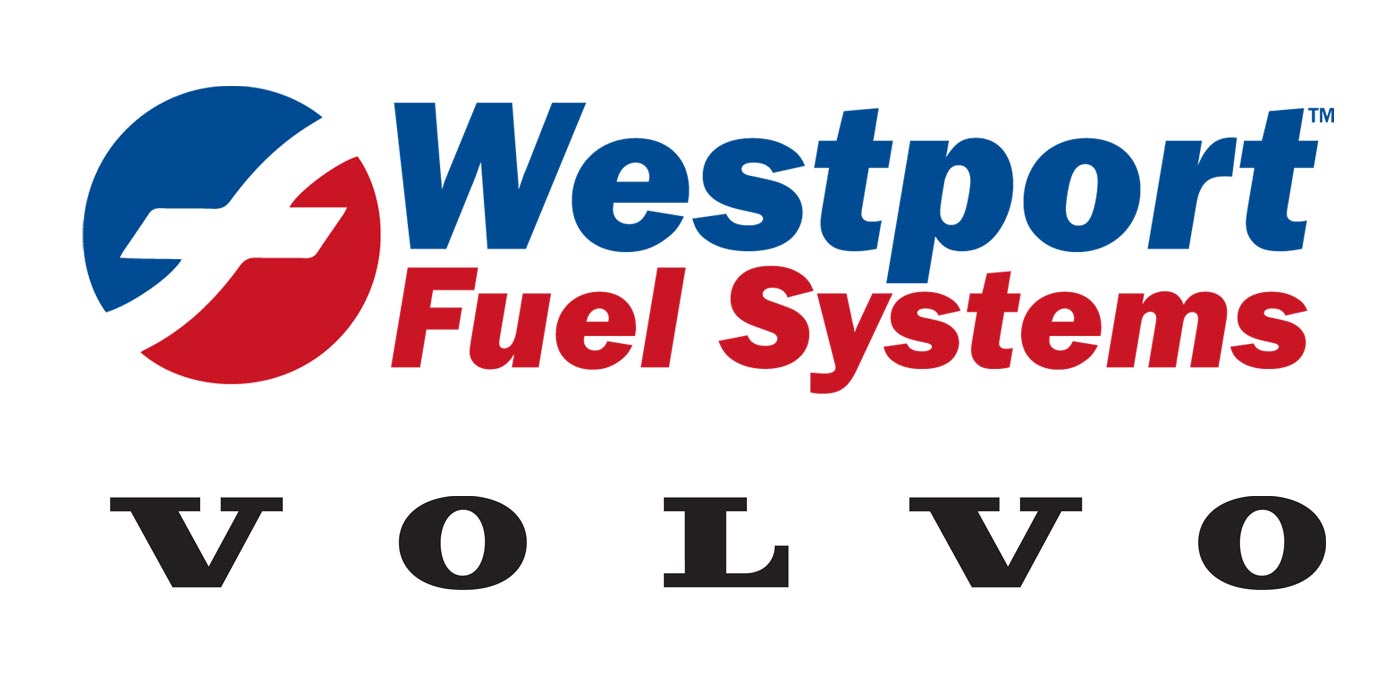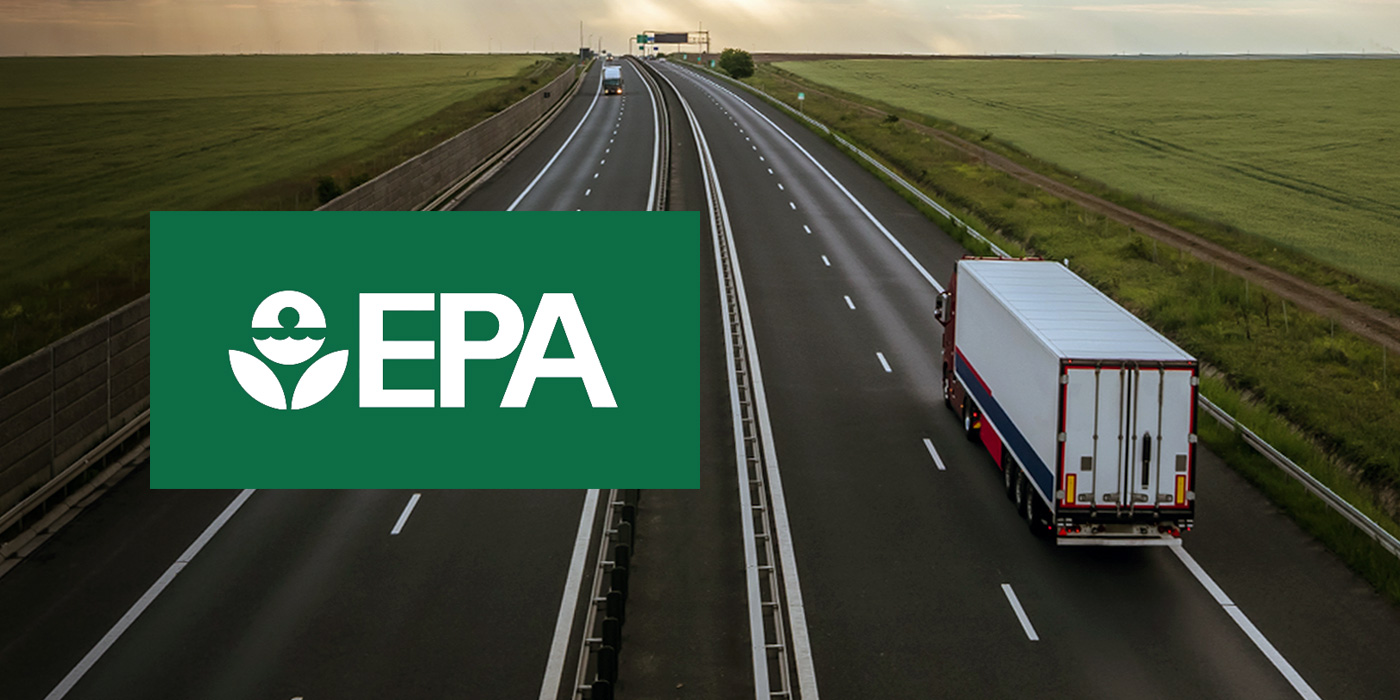Application, selection and materials
Meritor’s Kay recommends replacing friction materials for both brake types with the originally specified materials that the vehicle comes equipped with. “There are many benefits to using genuine parts,” he says, “including improvement component life and increased safety.”
“Application is a very important piece of information when selecting the best friction. It is important to know the application, axle ratings, weight of loads carried, terrain and if the brakes see high temperatures, TMD’s Thompson says. “Knowing this information will help specify the best material for the application.”
Talk to your supplier
“Ask the supplier if its product portfolio contains both RSD and non-RSD material because a fleet is going to be faced with that challenge,” Bendix’s Brown says. “Secondly, does the supplier offer friction material for the fleet’s specific applications and can they provide proof of that.”
Brown also recommends that fleets check that the friction material meets the following testing and compliance criteria:
1. FMVSS 121 testing;
2. Reduced stopping distance;
3. Environmental concerns such as the 2014 better brakes and environmental regulations and compliance rating.
4. Additionally, fleets will want to ensure that the supplier’s portfolio meets the growing health and safety concerns in being Asbestos free.
“If they are lacking any of those, you have to question if you’re getting the best material for your money,” Brown says.
Stemco’s Geist suggests that fleets “carefully inspect the friction material and brake drums being replaced for unusual wear, evidence of excessive heat or contamination. They should also inspect all foundation brake components for proper function, replace if they are worn, broken or do not meet OEM specifications. All braking systems should be replaced in axle sets, not single wheel-ends, to assure optimum brake performance, balance and safety. Brake servicing should only be performed by a certified technician who is specifically trained on braking systems. If a fleet has any concerns or unusual observations, it should consult the OEM or component supplier. Daily pre-trip and post-trip inspections can reveal early evidence of a condition that if not corrected could result in a serious safety situation.”
“Each vehicle vocation or application has different needs therefore our aftermarket team takes into account speed and operating temperature of the vehicle,” says Meritor’s Krishnan. “We also consider optimized operating power, lifecycle maintenance and friction coupling with other brake components to be certain that friction materials are properly selected and are optimized. Please note that Meritor OE & aftermarket friction materials are the same. Meritor recommends asking about the parking capability, overall brake performance and torque output at all temperature ranges, noise vibration harshness, wear-life, corrosion and PH of lining. Asking these questions will determine if fleets have proper alignment between the drum and lining.”
“If I had to pick one thing to ask,” begins Thompson, “it would be: Will the friction replacement stop the vehicle? That’s especially true now; with RSD tractors ready for reline, friction material selection is more critical if the fleet wants to maintain the original equipment stopping distance. There are friction suppliers claiming to have RSD materials in the aftermarket that are not RSD released at any OEM. Beyond the most important safety issue of stopping the vehicle, wear and noise should be a consideration. If brakes are noisy, or wear quickly, brake maintenance dollars are wasted.”

